Caroline Sullivan at The Guardian:
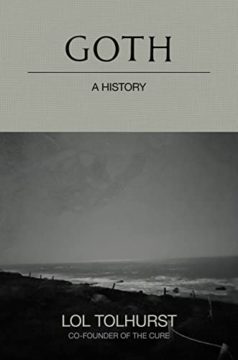 At its core, goth is an alternative lifestyle that finds beauty in the dark and melancholy aspects of life, using music, literature and cinema as guideposts. It can be a mere fashion preference, but for the fully committed, it’s a design for life. Lol Tolhurst, a longtime adherent, believes it is “a way to understand the world” – and as relevant a form of cultural rebellion now as it was in the 1980s. Goth: A History eloquently presents his case, up to his concluding assertion that goth’s “beautiful, bleak wave of art” is an ideal form of resistance against “the terrible slide our world is taking toward oppressive authoritarianism”. At the very least, he argues, “something good” will come of it, though he doesn’t say what.
At its core, goth is an alternative lifestyle that finds beauty in the dark and melancholy aspects of life, using music, literature and cinema as guideposts. It can be a mere fashion preference, but for the fully committed, it’s a design for life. Lol Tolhurst, a longtime adherent, believes it is “a way to understand the world” – and as relevant a form of cultural rebellion now as it was in the 1980s. Goth: A History eloquently presents his case, up to his concluding assertion that goth’s “beautiful, bleak wave of art” is an ideal form of resistance against “the terrible slide our world is taking toward oppressive authoritarianism”. At the very least, he argues, “something good” will come of it, though he doesn’t say what.
As a source, Tolhurst is hard to beat. In 1978, he and his Crawley schoolmates, Robert Smith and Michael Dempsey, formed one of goth’s foundational bands, the Cure, which put him at the heart of the emerging culture.
more here.

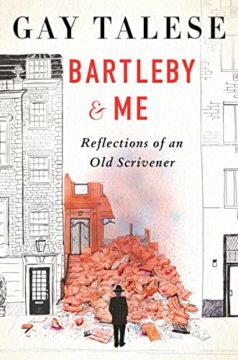 Indeed, Talese’s relative indifference to celebrity is what ensured his own. Long before “
Indeed, Talese’s relative indifference to celebrity is what ensured his own. Long before “ At a pool party this summer, Johnnie Cooper climbed onto the diving board, executed a perfect dive and then joined a raucous game of Marco Polo. The occasion? Her 90th birthday. “I’ve always looked forward to this age,” said Ms. Cooper, who lives in Huntsville, Ala., and is retired from the U.S. Army Aviation and Missile Command. “You no longer have a lot of the struggles you had. There’s a lot more peace.”
At a pool party this summer, Johnnie Cooper climbed onto the diving board, executed a perfect dive and then joined a raucous game of Marco Polo. The occasion? Her 90th birthday. “I’ve always looked forward to this age,” said Ms. Cooper, who lives in Huntsville, Ala., and is retired from the U.S. Army Aviation and Missile Command. “You no longer have a lot of the struggles you had. There’s a lot more peace.” A tiny jellyfish has, for the first time, demonstrated a mighty cognitive capacity — the ability to learn by association. Although it has no central brain, the finger-tip-sized Caribbean box jellyfish (Tripedalia cystophora) can be trained to associate the sensation of bumping into something with a visual cue, and to use the information to avoid future collisions. The experiment shows a type of learning called associative learning — made famous by neurologist Ivan Pavlov’s experiments with dogs in the late-nineteenth century — in which an animal learns to associate one stimulus with another through training. “Associative learning is now considered solid evidence of cognitive capacity,” says Ken Cheng, an animal behaviour researcher at Macquarie University in Sydney, Australia. Many other animals — from humans to birds, octopuses and even insects — have the ability to learn by association.
A tiny jellyfish has, for the first time, demonstrated a mighty cognitive capacity — the ability to learn by association. Although it has no central brain, the finger-tip-sized Caribbean box jellyfish (Tripedalia cystophora) can be trained to associate the sensation of bumping into something with a visual cue, and to use the information to avoid future collisions. The experiment shows a type of learning called associative learning — made famous by neurologist Ivan Pavlov’s experiments with dogs in the late-nineteenth century — in which an animal learns to associate one stimulus with another through training. “Associative learning is now considered solid evidence of cognitive capacity,” says Ken Cheng, an animal behaviour researcher at Macquarie University in Sydney, Australia. Many other animals — from humans to birds, octopuses and even insects — have the ability to learn by association.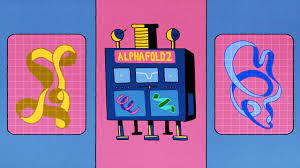 T
T In July, 1918, Virginia Woolf spent a weekend at Garsington—a country home, outside Oxford, owned by Lady Ottoline Morrell, a celebrated hostess of the era, and her husband, Philip Morrell, a Member of Parliament. The house, a ramshackle Jacobean mansion that the Morrells had acquired five years earlier, had been vividly redecorated by Ottoline into what one guest called a “fluttering parrot-house of greens, reds and yellows.” One sitting room was painted with a translucent seafoam wash; another was covered in deep Venetian red, and early visitors were invited to apply thin lines of gold paint to the edges of wooden panels. The entrance hall was laid with Persian carpets and, as Morrell’s biographer Miranda Seymour has written, the pearly gray paint on the walls was streaked with pink, “to create the effect of a winter sunset.” Woolf, in her diary, noted that the Italianate garden fashioned by Morrell—with paved terraces, brilliantly colored flower beds, and a pond surrounded by yew-tree hedges clipped with niches for statuary—was “almost melodramatically perfect.”
In July, 1918, Virginia Woolf spent a weekend at Garsington—a country home, outside Oxford, owned by Lady Ottoline Morrell, a celebrated hostess of the era, and her husband, Philip Morrell, a Member of Parliament. The house, a ramshackle Jacobean mansion that the Morrells had acquired five years earlier, had been vividly redecorated by Ottoline into what one guest called a “fluttering parrot-house of greens, reds and yellows.” One sitting room was painted with a translucent seafoam wash; another was covered in deep Venetian red, and early visitors were invited to apply thin lines of gold paint to the edges of wooden panels. The entrance hall was laid with Persian carpets and, as Morrell’s biographer Miranda Seymour has written, the pearly gray paint on the walls was streaked with pink, “to create the effect of a winter sunset.” Woolf, in her diary, noted that the Italianate garden fashioned by Morrell—with paved terraces, brilliantly colored flower beds, and a pond surrounded by yew-tree hedges clipped with niches for statuary—was “almost melodramatically perfect.” Sometimes scholars go on a search for “the historical Jesus”. They start with the Gospels, then subtract everything that seems magical or implausible, then declare whatever’s left to be the truth.
Sometimes scholars go on a search for “the historical Jesus”. They start with the Gospels, then subtract everything that seems magical or implausible, then declare whatever’s left to be the truth. The scientist behind a
The scientist behind a 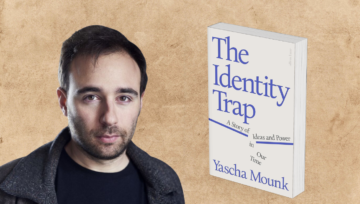 Some call it “wokeness”—a word that once felt right but now feels more like an overbroad culture-war term of abuse. Others might call it social-justice extremism. But that seems too charitable: True “social justice” is about helping the world’s poor and (truly) oppressed, whereas the fashionable ideology we’re talking about here is more about privileged westerners demanding correct pronoun usage and race quotas in movie casting. As
Some call it “wokeness”—a word that once felt right but now feels more like an overbroad culture-war term of abuse. Others might call it social-justice extremism. But that seems too charitable: True “social justice” is about helping the world’s poor and (truly) oppressed, whereas the fashionable ideology we’re talking about here is more about privileged westerners demanding correct pronoun usage and race quotas in movie casting. As  I always thought that the song Troy by Sinéad O’Connor was a song about romantic love. But she explained, some years ago, that the song is really about her mother. Sinéad did not like her mother, who died in a car crash when Sinéad was eighteen and who she described as extremely physically and mentally abusive. I’m going to continue to refer to Sinéad O’Connor as simply Sinéad, by the way, since I feel that intimately about her and since she will always be Sinéad to me.
I always thought that the song Troy by Sinéad O’Connor was a song about romantic love. But she explained, some years ago, that the song is really about her mother. Sinéad did not like her mother, who died in a car crash when Sinéad was eighteen and who she described as extremely physically and mentally abusive. I’m going to continue to refer to Sinéad O’Connor as simply Sinéad, by the way, since I feel that intimately about her and since she will always be Sinéad to me.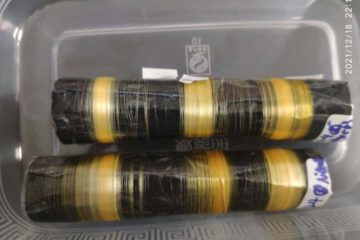 Spider silk has been eyed as a greener alternative to synthetic fibres, which are derived from fossil fuels and leach harmful microplastics into the environment. Farming silk from spiders themselves is difficult, however, because they
Spider silk has been eyed as a greener alternative to synthetic fibres, which are derived from fossil fuels and leach harmful microplastics into the environment. Farming silk from spiders themselves is difficult, however, because they 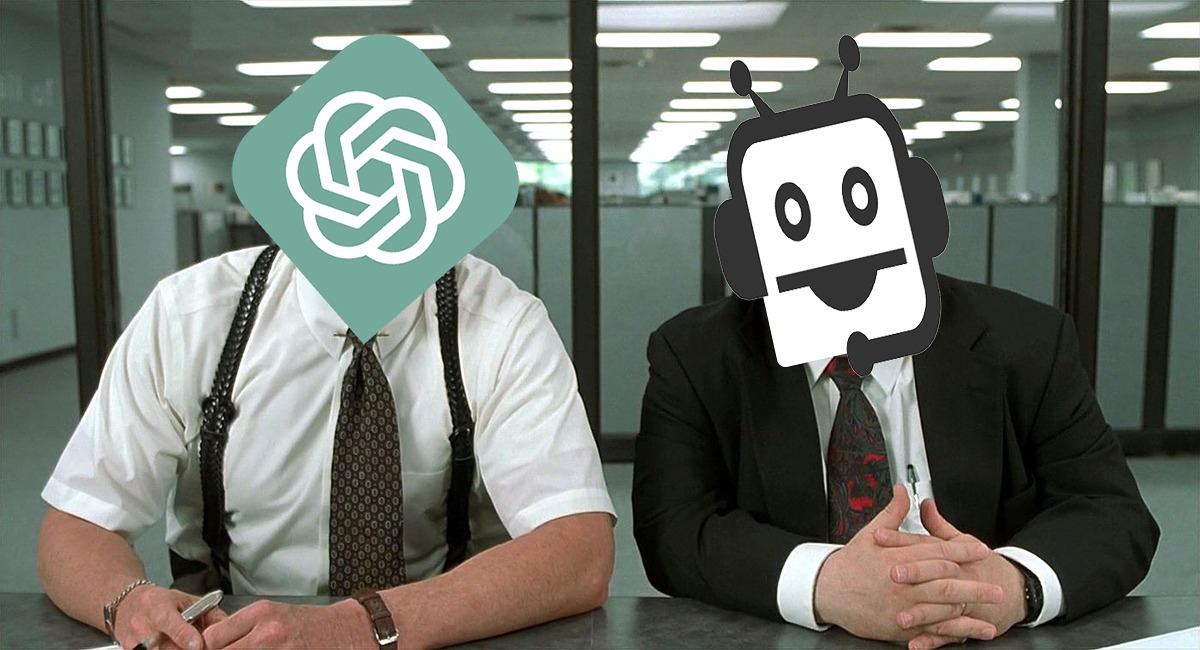 AI’s capacity for agency is an urgent ethical matter because for every agent there is a patient. For every actor, there is a person or thing being acted upon. The fundamental question of politics, which deftly distinguishes ruler and ruled, is “Who, whom?,” as Trotsky paraphrased Lenin. C. S. Lewis (without quite meaning to) became an unlikely respondent to this question. In The Abolition of Man, he wrote that “what we call Man’s power over nature turns out to be a power exercised by some men over other men with nature as its instrument.” His answer works well for our context. On the individual level, technology often serves as an extension of the self. The automobile aids motion, while the cloud computer enhances memory. Yet on the social level, such technologies inevitably introduce new hierarchies and restraints. The small-town shopkeeper is run out of business by the highway bypass and the chain-store complex; reliance on Google’s products turns the user’s attention itself into a profitable product. AI opens whole new vistas for the latter kind of power-over-others, which has aptly been called “surveillance capitalism.”
AI’s capacity for agency is an urgent ethical matter because for every agent there is a patient. For every actor, there is a person or thing being acted upon. The fundamental question of politics, which deftly distinguishes ruler and ruled, is “Who, whom?,” as Trotsky paraphrased Lenin. C. S. Lewis (without quite meaning to) became an unlikely respondent to this question. In The Abolition of Man, he wrote that “what we call Man’s power over nature turns out to be a power exercised by some men over other men with nature as its instrument.” His answer works well for our context. On the individual level, technology often serves as an extension of the self. The automobile aids motion, while the cloud computer enhances memory. Yet on the social level, such technologies inevitably introduce new hierarchies and restraints. The small-town shopkeeper is run out of business by the highway bypass and the chain-store complex; reliance on Google’s products turns the user’s attention itself into a profitable product. AI opens whole new vistas for the latter kind of power-over-others, which has aptly been called “surveillance capitalism.”